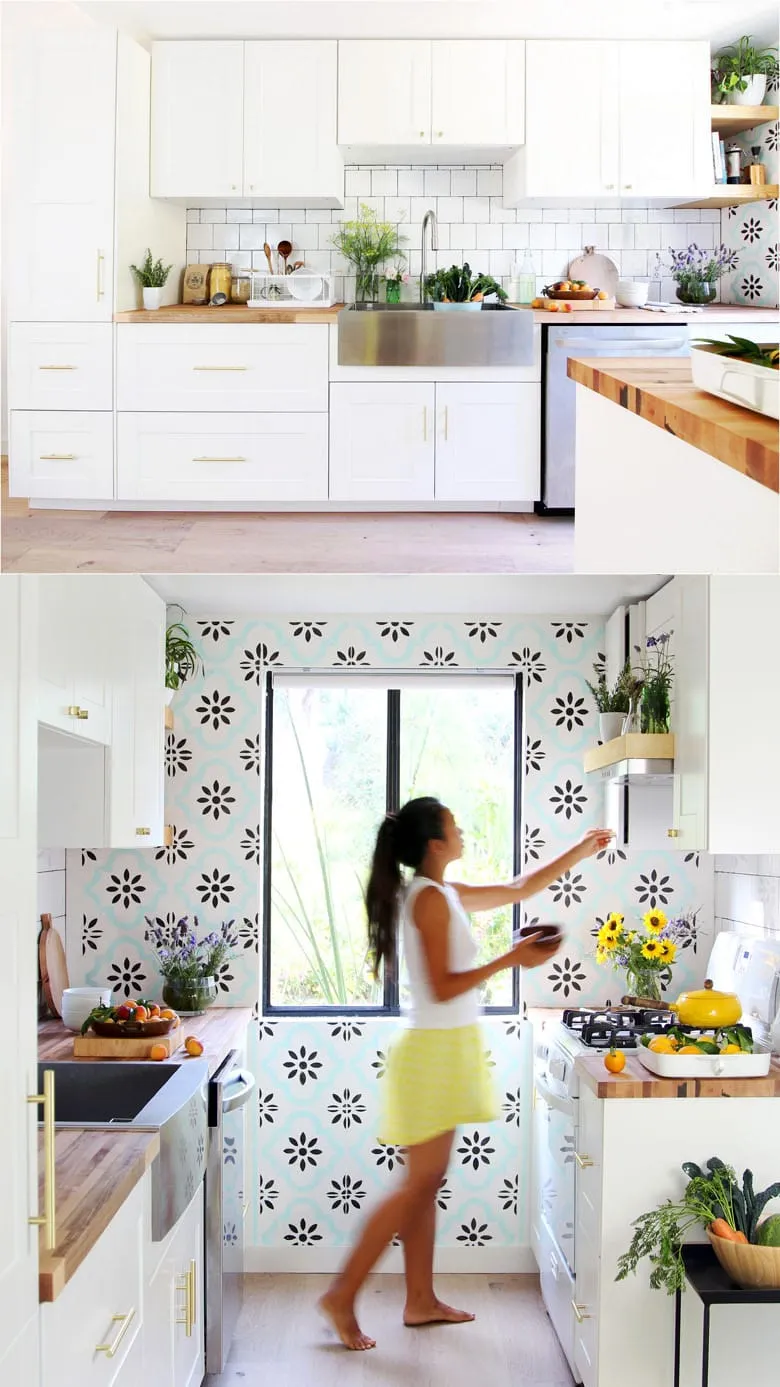7 DIY Kitchen Floor Makeovers
Your kitchen floor is a foundational element of your home, often overlooked. However, it’s a prime opportunity for a DIY makeover. It can dramatically change the look and feel of your kitchen without breaking the bank. This guide unveils seven inspiring DIY kitchen floor makeovers. From the practical charm of vinyl to the rustic elegance of painted floors, there’s an option here to fit every style and budget. Get ready to transform your kitchen from ordinary to extraordinary with these simple, step-by-step DIY projects, ensuring your kitchen is a space you’ll love for years to come.
Choosing the Right DIY Kitchen Floor
Selecting the right flooring involves balancing aesthetics, durability, and budget. Consider the level of foot traffic your kitchen receives. Think about spills, water exposure, and ease of cleaning. Evaluate your style preferences. Do you lean towards modern, classic, or rustic designs? Flooring materials vary greatly in cost, from budget-friendly vinyl to pricier options like hardwood or tile. Each material demands a different level of DIY skill. Research the installation process, including necessary tools, and the time commitment required for each flooring type. Make sure that the flooring complements your existing kitchen decor and adds value to your home. Understanding these factors will help you to choose the most suitable DIY kitchen floor.
Considerations for Kitchen Floor Materials
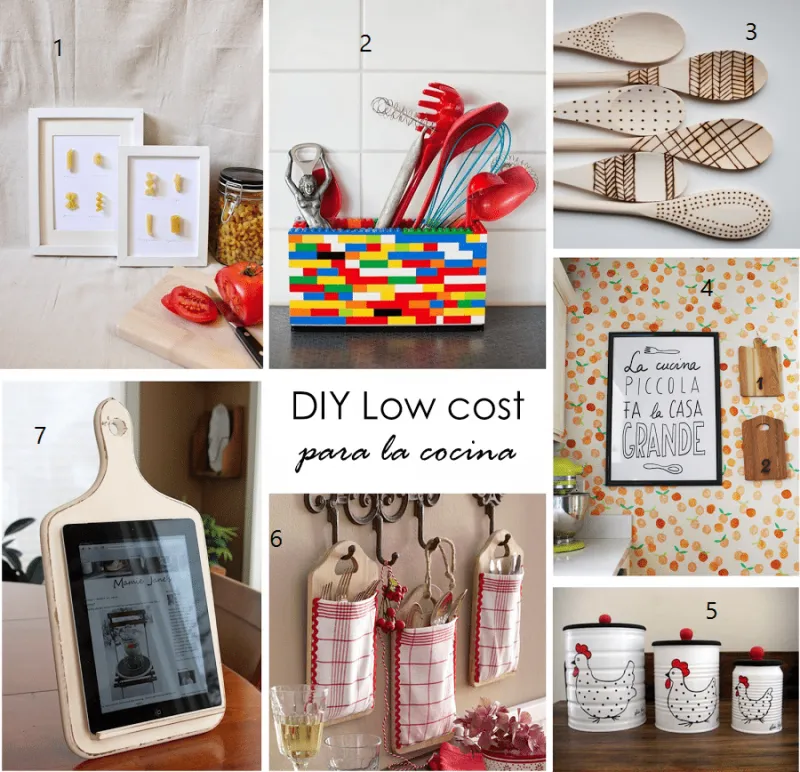
Material selection is crucial for longevity and functionality. Moisture resistance is paramount. Kitchens face spills and humidity daily, so water-resistant materials such as vinyl, tile, and sealed concrete are ideal. Durability is another key factor. Kitchen floors endure heavy foot traffic and the impact of dropped items. Materials such as tile, and laminate are durable and can withstand wear and tear. Slip resistance is a safety concern. Choose flooring with a textured surface to prevent slips and falls, especially near the sink and cooking areas. Ease of cleaning also matters. Kitchens need frequent cleaning, so select easy-to-clean surfaces. Finally, consider the comfort level of each material. Softer surfaces like vinyl can be more comfortable to stand on for extended periods. Always take into account all the factors.
Vinyl Flooring for Your Kitchen
Vinyl flooring is a popular choice for kitchens, due to its affordability, water resistance, and ease of installation. It comes in various styles, including sheet vinyl, vinyl tile, and luxury vinyl plank (LVP), mimicking the look of wood or stone. Sheet vinyl is budget-friendly and creates a seamless, water-tight surface. Vinyl tile and LVP offer the look of more expensive materials. Consider the design possibilities. Vinyl offers a wide range of designs, colors, and patterns. Select a style that complements your kitchen’s decor, from traditional to modern. Vinyl flooring is relatively easy to install as a DIY project, making it a perfect choice for those new to home improvement. It’s easy to clean and maintain.
Pros and Cons of Vinyl Flooring
Vinyl flooring boasts numerous advantages. Its water resistance makes it ideal for kitchen use, as it prevents water damage. It’s also cost-effective, offering an affordable flooring solution. The ease of installation allows DIY enthusiasts to tackle this project. Vinyl is comfortable underfoot, making it pleasant for standing. Vinyl flooring can also be prone to scratches. Sharp objects can damage its surface. While durable, vinyl may not last as long as some other materials. It can also release VOCs (volatile organic compounds). However, modern vinyl flooring is designed to reduce VOC emissions.
Installing Vinyl Flooring
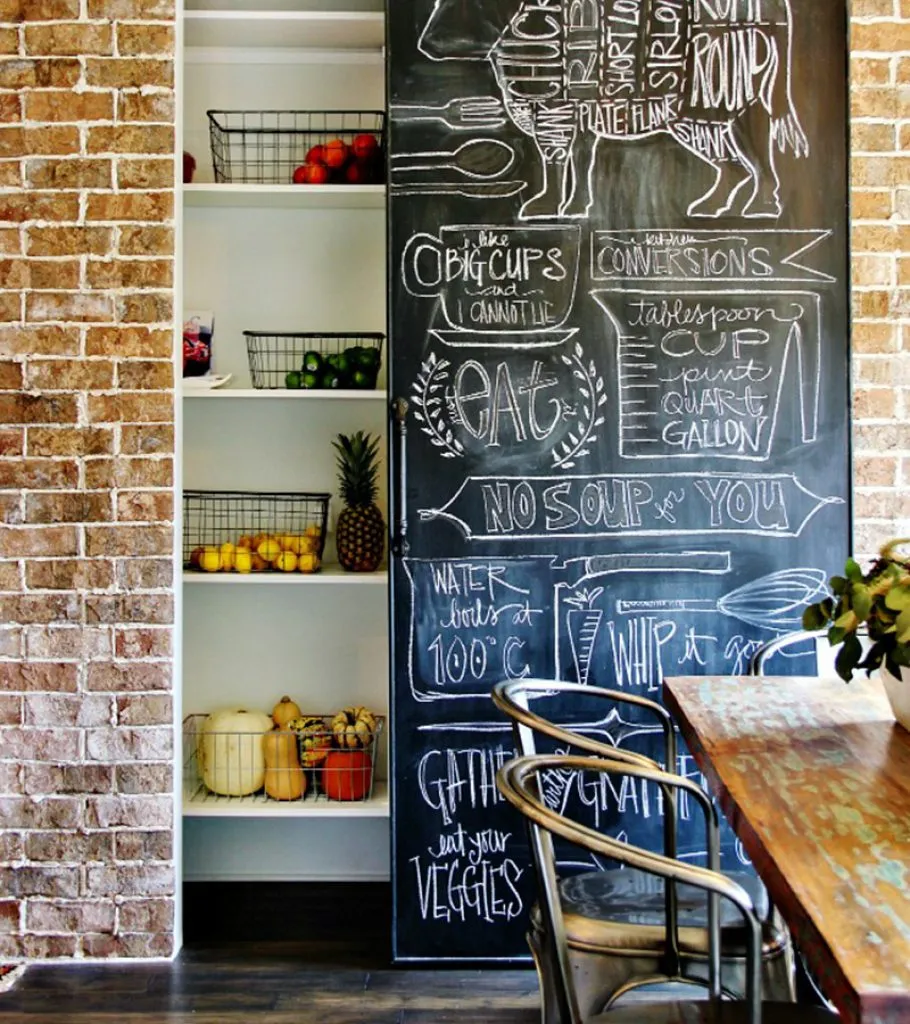
Before installing vinyl flooring, prepare the subfloor. It must be clean, level, and smooth. Remove any old flooring, debris, or imperfections. Measure the kitchen area accurately to determine the amount of vinyl required. Sheet vinyl installations often require a perfect fit, which is sometimes difficult. For tile or LVP, plan the layout, considering patterns and cuts. Use the appropriate adhesive or click-lock system. Cut the vinyl precisely using a utility knife. Follow the manufacturer’s instructions. After installation, allow the adhesive to dry or the click-lock system to settle. Inspect the floor for any gaps or imperfections. Vinyl flooring projects are usually straight forward.
Tile Flooring in the Kitchen
Tile flooring offers a sophisticated and durable option. It’s known for its water resistance, making it an excellent choice for kitchens. It withstands high traffic and resists stains. It is available in various materials, including ceramic, porcelain, and natural stone. Ceramic and porcelain tiles are budget-friendly and durable. Natural stone, such as granite or marble, offers a premium look. Each tile has different design possibilities. Tile can mimic the look of wood or other materials. Consider tile size, shape, and pattern to enhance your kitchen’s design. Tile offers a long-lasting flooring solution.
Types of Tile Flooring for Kitchens
Ceramic tile is a widely used option. It’s affordable, water-resistant, and comes in various designs. Porcelain tile is similar to ceramic. It is more durable, less porous, and suitable for high-traffic areas. Natural stone tiles like granite, marble, and travertine offer a luxurious look. They require more maintenance and can be more expensive. Consider the type of tile based on your budget, style preferences, and the level of maintenance you’re willing to commit to. Always consider the grout color. The grout is the material that fills the spaces in between the tiles. It’s also easy to clean and install.
Installing Tile Flooring
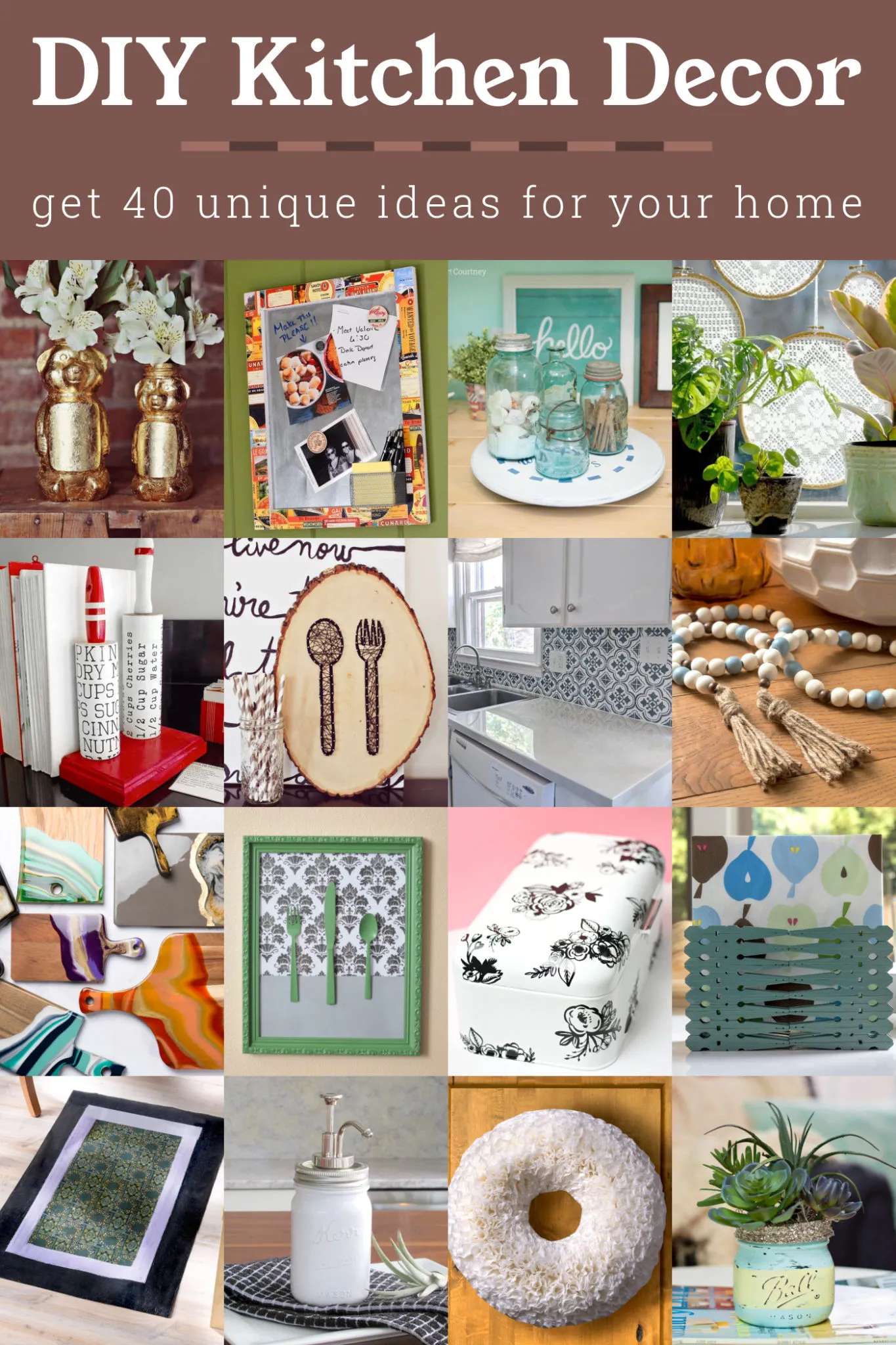
Tile installation requires more skill than vinyl. Prepare the subfloor by ensuring it’s level, clean, and stable. Measure your kitchen accurately and plan the tile layout. Use a tile cutter or wet saw to cut the tiles. Apply thin-set mortar to the subfloor and set the tiles, using spacers to maintain consistent grout lines. Once the mortar dries, grout the tiles. Remove any excess grout, and seal the grout lines to prevent stains. Allow the grout to cure according to the manufacturer’s instructions. Installing tile yourself can save money, but it demands precision. If you’re not confident, consider hiring a professional installer.
Laminate Flooring in the Kitchen
Laminate flooring is another popular choice due to its affordability and ease of installation. It mimics the appearance of wood, stone, or tile. It features a photographic layer protected by a clear, wear-resistant layer. Modern laminate flooring is designed to withstand spills and moisture, making it suitable for kitchens. It comes in planks that click together. Select a laminate flooring with a high-quality wear layer and water-resistant properties. Consider its design. Laminate offers a wide range of styles, including wood-look planks, stone-look tiles, and patterned designs, which can complement various kitchen decor styles. It’s a quick and cost-effective option.
Benefits of Laminate Flooring
Laminate offers numerous benefits. It’s cost-effective and easier to install than hardwood or tile, which makes it suitable for DIY projects. It’s also durable and resistant to scratches. Laminate is available in a variety of designs, which offers many design possibilities. It is also easy to clean. While laminate is moisture-resistant, it’s not entirely waterproof. Excessive moisture can cause damage. Laminate may not feel as warm underfoot as some other materials. This flooring option is very popular for a good reason.
Laminate Floor Installation
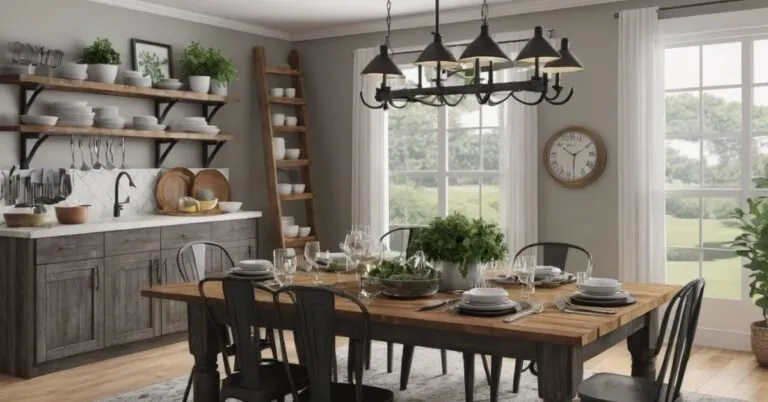
Laminate flooring uses a floating installation system, meaning it doesn’t attach directly to the subfloor. Begin by preparing the subfloor by cleaning and leveling it. Measure your kitchen area and plan the layout. Use an underlayment for added comfort and sound insulation. Start installing the planks, clicking them together. Cut planks to fit around walls and cabinets. Use spacers to maintain a consistent gap. After installation, add baseboards or trim to conceal the expansion gap. Following these steps allows a quick and easy install.
Hardwood Flooring for a Classic Look
Hardwood flooring is a timeless choice, that adds warmth and elegance to any kitchen. It enhances the value of your home. Hardwood offers a natural, classic aesthetic, and it comes in various wood species, each with unique grain patterns and colors. Choose wood species suitable for kitchens, such as oak, maple, or hickory. Engineered hardwood provides better moisture resistance. Consider the finish. Select a durable, water-resistant finish to protect the wood. Regular maintenance is critical to maintain hardwood flooring.
Hardwood Flooring: Advantages and Disadvantages
Hardwood flooring offers many advantages, including its beauty, durability, and ability to increase home value. It’s a natural, sustainable material, if sourced responsibly. Hardwood can be refinished, which extends its lifespan. Its disadvantages include its higher cost compared to other flooring options. It’s also more susceptible to moisture damage, so spills need immediate attention. Hardwood requires regular maintenance and may not be ideal for high-moisture environments.
Hardwood Floor Installation
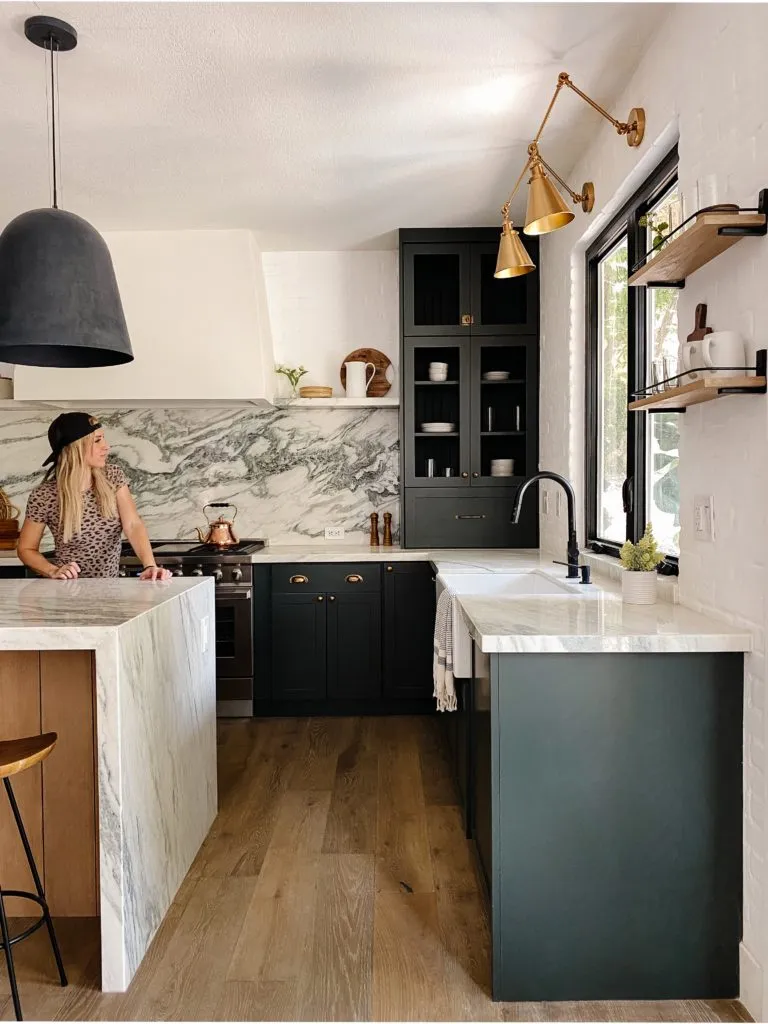
Hardwood installation requires a level subfloor, which is critical for a successful outcome. Acclimatize the hardwood planks to your home’s environment. Install an underlayment. There are various installation methods, including gluing, nailing, or floating. Ensure that you leave an expansion gap around the perimeter of the room. Sand, stain, and seal the hardwood flooring to protect it from moisture and wear. Consider hiring a professional for hardwood installation, especially if you’re not experienced with this type of project.
Concrete Flooring for a Modern Touch
Concrete flooring is gaining popularity in modern kitchens, due to its durability, versatility, and industrial chic aesthetic. It can be stained, polished, or painted to achieve a wide range of looks. Concrete is highly durable, water-resistant, and low-maintenance. It’s also a good option for radiant heating systems. The design possibilities include staining the concrete, which offers various colors and patterns. Polishing the concrete gives it a glossy, refined appearance. Adding decorative saw cuts or inlays enhances the design. Consider the texture and finish. Polished concrete is smooth. Sealed concrete is water resistant.
Advantages and Disadvantages of Concrete Floors
Concrete flooring has several advantages. It’s extremely durable and long-lasting, and can withstand heavy use and wear. It’s also water-resistant and easy to clean. Concrete can be stained, polished, or painted, offering design flexibility. Its disadvantages include its cost. Installing concrete can be expensive, and it requires professional expertise. It can be cold underfoot. Concrete also requires sealing to protect it from stains and moisture. Always remember to take precautions and wear protective gear.
Concrete Floor Installation
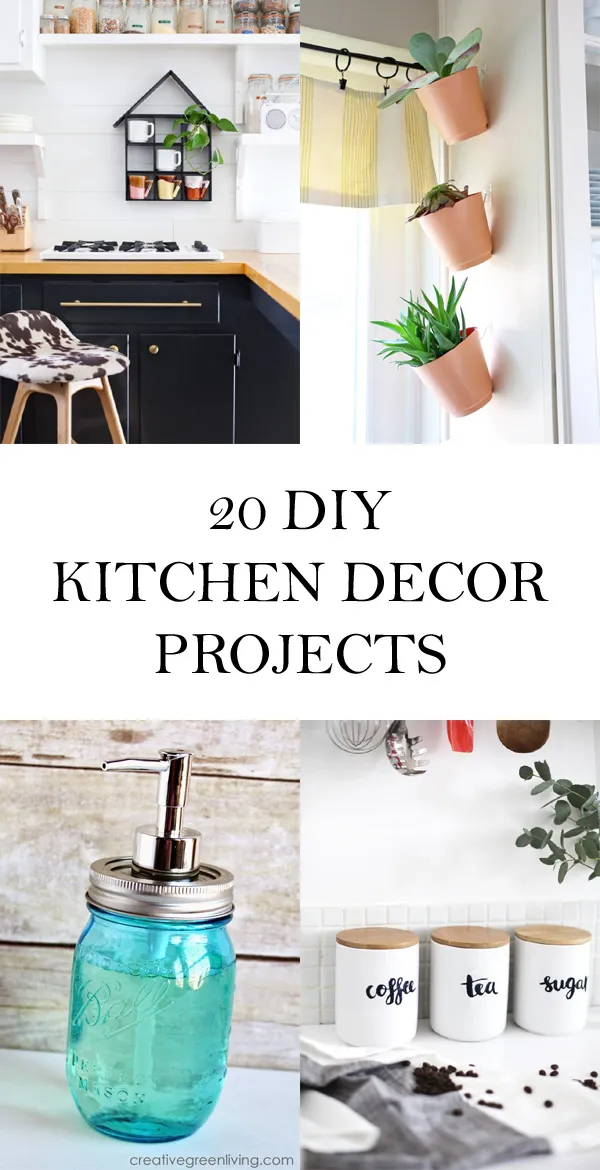
Concrete floor installation is best left to professionals. The existing subfloor must be properly prepared and leveled. The concrete is poured and allowed to cure. It is usually polished or stained. Consider hiring a professional contractor to ensure a durable and visually appealing result. They know how to prepare the surface. Sealing the concrete is also important.
Linoleum Flooring
Linoleum flooring, made from natural materials, is an eco-friendly option for kitchens. It’s made from linseed oil, cork dust, wood flour, and pigments, and it’s biodegradable and sustainable. Linoleum is known for its durability and water resistance, which makes it perfect for kitchens. It comes in sheet form or tiles. It provides various design options. Linoleum is available in a wide range of colors and patterns. It can mimic the look of other flooring materials. Consider its overall impact. Linoleum has a positive impact on the environment. Linoleum flooring provides warmth and comfort underfoot.
Linoleum Advantages and Disadvantages
Linoleum flooring has many benefits. Its eco-friendliness and sustainable properties make it an environmentally responsible choice. It’s also durable and water-resistant. It offers design flexibility and is easy to clean. Linoleum’s disadvantages include its susceptibility to damage from sharp objects. Excessive moisture exposure could cause damage. Linoleum can be more expensive than some other options. This flooring has many advantages and disadvantages.
Linoleum Flooring Installation
Linoleum flooring needs careful preparation. The subfloor must be clean, level, and dry. Linoleum comes in sheet or tile form. Install sheet linoleum by applying adhesive to the subfloor. Carefully lay the sheet, cutting around walls and cabinets. For tile, apply adhesive to the subfloor. Then, apply tiles, ensuring accurate alignment. Allow the adhesive to cure, and then seal the seams to prevent moisture from seeping in. You can install linoleum with some experience.
Painted Kitchen Floor
Painting your kitchen floor is a budget-friendly and creative DIY project. It’s a perfect way to refresh the look of your kitchen. It allows for complete customization with colors, patterns, and designs. Paint the floor using durable floor paint and protective sealant. The result can be a unique and stylish floor. Choose a durable floor paint. Select an epoxy-based paint or a specialized floor paint for durability. Consider patterns and designs. Use stencils, freehand designs, or geometric patterns to add visual interest. The floor can be painted and customized.
Prep Work for Painting a Kitchen Floor
Preparation is key to a successful paint job. Clean the floor thoroughly, removing dirt, grease, and old finishes. Repair any cracks or imperfections with wood filler or patching compound. Sand the floor to create a smooth surface and to improve paint adhesion. Prime the floor using a suitable primer. Priming creates a base for the paint, and enhances durability. Allow the primer to dry completely.
Painting a Kitchen Floor
After priming, apply the first coat of floor paint, using a brush or roller. Allow the first coat to dry completely before adding a second coat. If using a stencil, apply the paint according to the stencil’s instructions. Seal the painted floor with a clear, water-resistant sealant to protect the paint and add durability. Allow the sealant to cure completely. Painted floors need regular maintenance.
Adding Decor to Your New Kitchen Floor
Once you’ve completed your DIY kitchen floor makeover, consider adding decor elements to enhance the overall look. Rugs are a great way to add style and comfort. They provide a visual anchor. They also add warmth and soften the space. Decorative accents, such as plants, baskets, and artwork, can complement your new floor and the kitchen’s overall design. Ensure that any decor elements you add are practical. This adds to the beauty.
Adding Rugs for Style and Comfort
Rugs offer a fantastic way to introduce color, pattern, and texture to your kitchen floor. Place a rug near the sink or stovetop for comfort while you’re cooking or washing dishes. Use a runner rug for long, narrow kitchens to add visual interest. Choose rugs with durable materials like wool, synthetic fibers, or washable cotton. Consider the size and shape. Select a rug that complements the size and shape of your kitchen. Ensure that it doesn’t obstruct walkways. Coordinate your rug’s colors and patterns with the rest of your kitchen decor for a cohesive look. Choosing the right rug will add a level of comfort.
Choosing Kitchen Decor
Choosing the right kitchen decor completes the transformation of your kitchen. Consider items that match your style. Select items that complement your new floor and kitchen design. Add artwork, wall decor, and small appliances. Consider storage solutions. Incorporate open shelving or decorative baskets. Add plants. Incorporate plants to bring life and color to your kitchen. Use lighting. Lighting adds beauty. Choose kitchen decor that enhances the function and beauty. Make sure your kitchen is one of a kind.
